If the rationale of using diodes in ROM (rather than simple wires) is to prevent the matrix being shorted together, then why does shorting not occur for programmable ROM - which has blowable fuse connections?
Apologies if should not be starting a new thread for this; please note that the question is inspired by an answer here What is the rationale of using diode matrix in ROM , but I don't have sufficient 'rep' to comment my question there.
